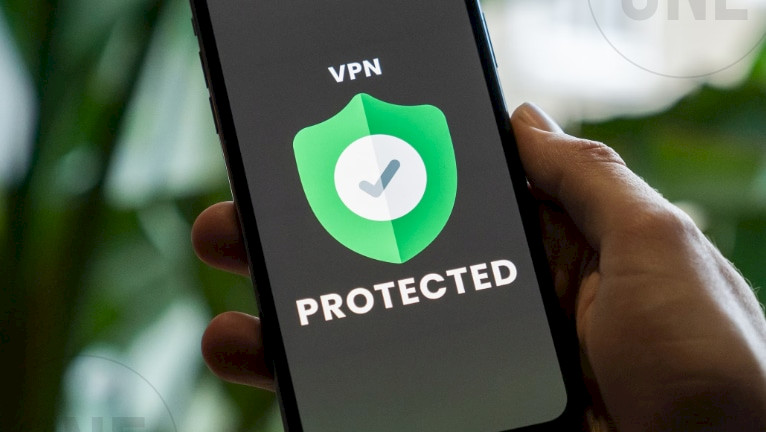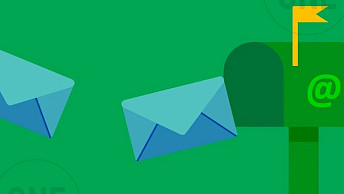Top Cybersecurity Threats For Businesses and How to Combat Them

The internet makes it so that businesses, no matter the size or where they’re at, can get to new markets and grow bigger. It also helps them work smarter by giving them digital tools. Whether a company is using cloud services or just emails and a website, security online needs to be part of the plan. Stealing digital data is now the most common kind of fraud, even more than stealing physical stuff. Every business that is on the internet has got to make security a big deal to keep people’s trust.
So, I put together a list of cybersecurity tips. Stuff that can help. I’ll keep adding to it so businesses can stay safe.
A Stronger Cybersecurity Shield
Having a reliable cybersecurity background, is like an extra layer of armor for businesses. It lets employees safely get into company networks when away from the office. Whether at home, in a hotel, or even at a random coffee shop, taking extra cybersecurity measures allows users to mask their data and location, making it tough for hackers to snoop. Opting for Two-Factor Authentication (2FA), as TechTarget suggests, users can protect their credentials. Additionally, users can also use a VPN, which instead of sending data straight through the internet, the tool wraps it up in a safe tunnel so no one else can see it. Hackers love public Wi-Fi because it’s easy to break into. But if you have these extra measures implemented, your info stays locked away from them.
Not to mention, passwords alone aren’t enough anymore. Too easy to guess, too easy to steal. That’s why 2FA and multi-factor authentication (MFA) exist.
2FA adds a second step, like getting a text message code after entering a password. MFA goes even further, asking for more than two verifications. Maybe a fingerprint scan, or an authentication app. This way, even if someone steals a password, they can’t get in without the extra step. A simple and powerful way to stop break-ins.
Train Employees: The Weakest Link
No matter how good security tech is, people can still mess it all up. A lot of cyber attacks happen because someone inside the company makes a mistake, either by accident or on purpose. Maybe they lost a company laptop. Maybe they got tricked by a fake email. Or maybe they reused the same weak password everywhere. Any of these things could open the door to cybercriminals.
That’s why training employees is important. Teach them to recognize sketchy emails. Show them how to make strong passwords. Make sure they know exactly what to do to keep customer data safe. Having clear rules in place can stop small mistakes from turning into big problems.
Risk Assessment: Know the Threats
Not every business faces the same dangers. Some companies store sensitive customer data. Others don’t. Some businesses rely on cloud storage. Others keep everything on local computers. Before making a security plan, a business has to understand its specific risks.
Ask questions. What kind of data do we have? Where is it stored? Who has access? Who might try to steal it? How could they do it? If something happens, what would the damage be? Answering these can help businesses figure out how to defend themselves.
Once risks are clear, a business can take action. Strengthen weak spots. Update security measures. And don’t just do this once. Technology changes, so security plans have to change too.
Safe File Sharing: Encryption is Key
Email is great for talking to people, but it’s terrible for sending sensitive files. If an email gets intercepted, the documents inside could fall into the wrong hands.
That’s why businesses need to use secure file-sharing services. These services encrypt files, which means even if a hacker gets them, they’re scrambled and unreadable. Think of it like sending a locked box instead of an open envelope. If you’re handling private information, encryption isn’t optional—it’s a must.
Stronger Authentication: Double the Security
Passwords alone aren’t enough anymore. Too easy to guess, too easy to steal. That’s why two-factor authentication (2FA) and multi-factor authentication (MFA) exist.
2FA adds a second step, like getting a text message code after entering a password. MFA goes even further, asking for more than two verifications. Maybe a fingerprint scan, or an authentication app. This way, even if someone steals a password, they can’t get in without the extra step. A simple and powerful way to stop break-ins.
Keep Software Up to Date
Old software is a hacker's favorite target. Outdated programs have security holes that cybercriminals can slip through. The best defense is to keep everything updated. Operating systems, antivirus programs, business apps—if there’s an update available, install it.
Turn on automatic updates whenever possible. This way, security fixes happen without waiting. And don’t forget about older devices. If a computer or phone isn’t getting security updates anymore, it’s time to replace it.
Cloud-Based Anti-Malware: Protection Everywhere
Antivirus software isn’t enough these days. Cybercriminals are always finding new ways to attack. That’s why businesses need cloud-based security solutions.
A good cloud-based anti-malware system can protect all devices at once. It updates in real time, scanning for threats before they even reach a computer. The best ones have features like ransomware protection, blacklist monitoring, and automatic scans.
Hackers never stop. Businesses can’t afford to either. Cybersecurity isn’t a one-time thing—it’s a constant process. The stronger the defenses, the safer the business stays.





